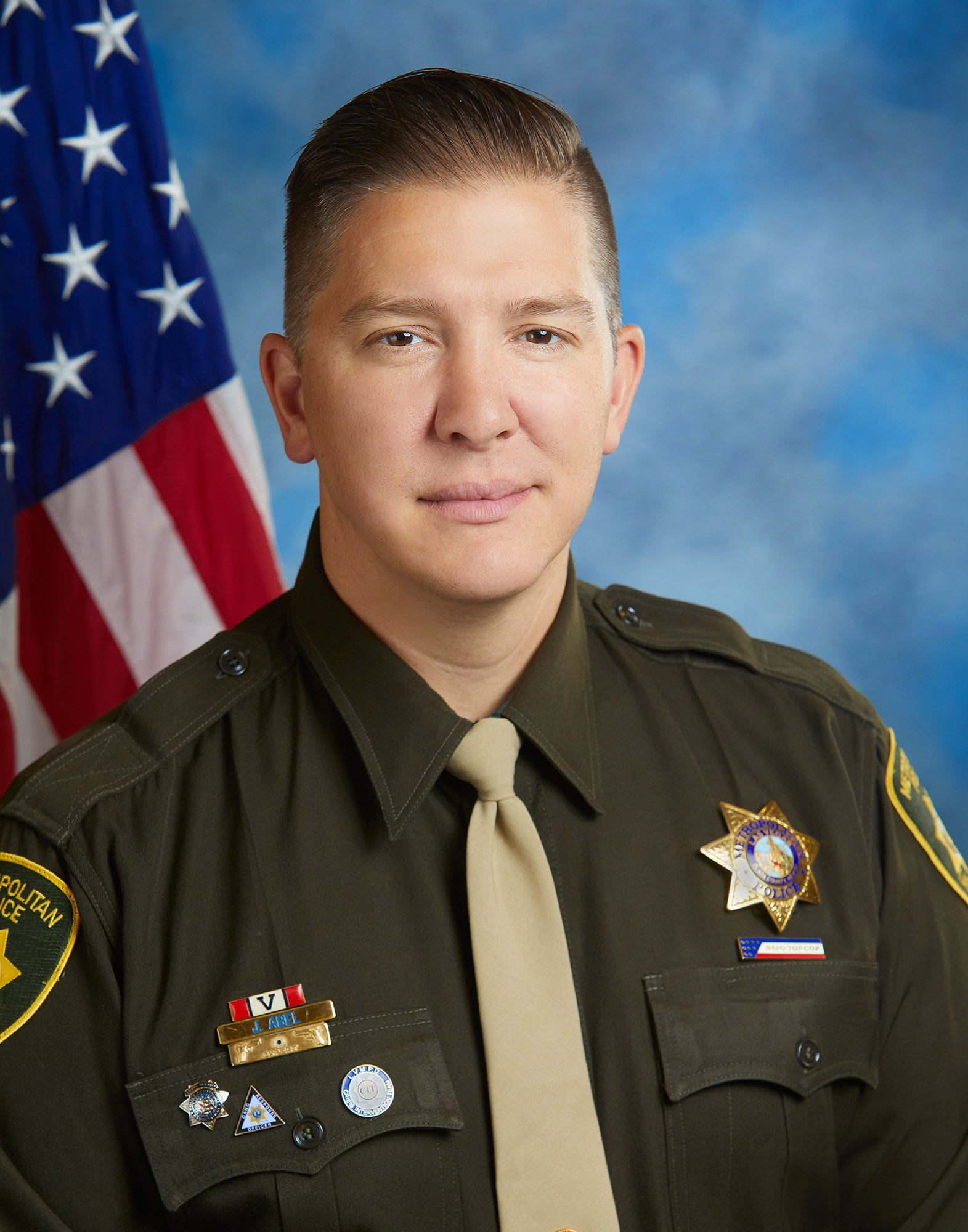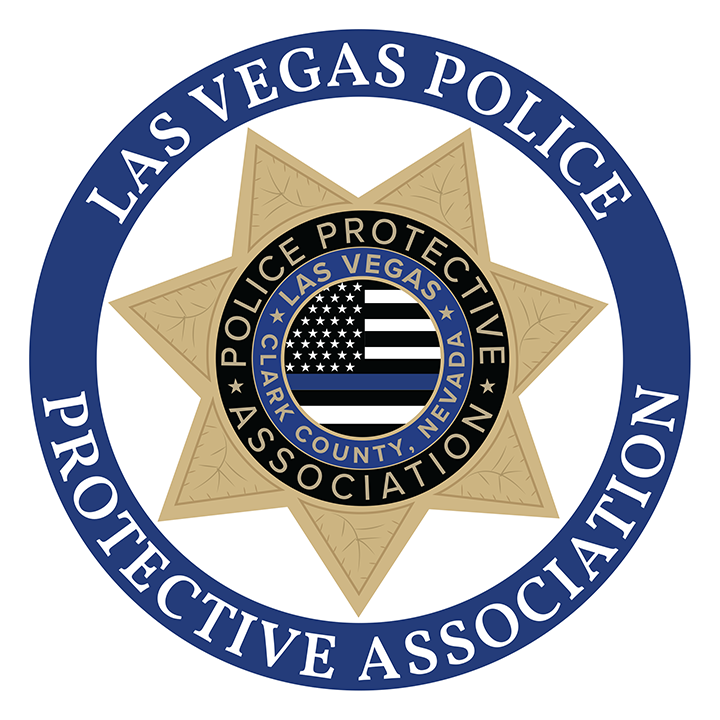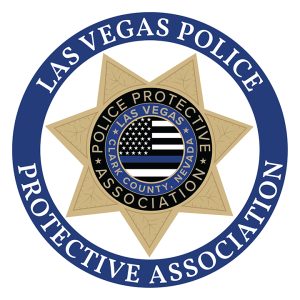
Secretary
An issue was brought to the LVPPA’s attention by officers who have passed patrol sergeants not driving Code 3 to STAR de-escalation calls for service as the officers themselves were driving Code 3 to the same STAR call for service. It appears that LVMPD trains sergeants to not drive Code 3 to STAR calls so that they can focus on pre-planning, de-escalation and reading call updates as they are en route to the STAR call. Patrol officers are held to the same pre-planning and de-escalation policy but are also expected to drive Code 3 to the STAR call. This perplexed me, because I have seen officers have negative CIRT conclusions in a Use of Force Review Board for not properly pre-planning before they arrived at an event and ended up using deadly force. Any officer who has driven Code 3 understands that it can be a multitasking monster depending on experience, the time of day and the call you are driving to. Then add pre-planning and it becomes that much more difficult.
This caused me to dissect the Code 3 driving policy to see what it says: “Code 3 Response — Officers may respond Code 3 when: 1. Imminent danger to citizens and the officer’s arrival might save lives. 2. Another officer requires assistance to control a volatile situation. 3. Reliable information exists of a felony in progress. 4. Pursuits — see Section 3.”
If you notice, policy says that you may respond Code 3. Any officer who has read policy should understand that when it uses words like may, that does not dictate something that is mandatory that an officer must do. I understand that as police officers, we signed up to help people and save lives. Sometimes doing these things requires us to drive Code 3, so we arrive quickly and take action. In my opinion, if you see a supervisor not rolling Code 3 to a STAR de-escalation call, you should deactivate your lights and sirens, fall in behind the supervisor and follow them to the STAR call, since their response to the call is mandatory by policy. Any de-escalation plan enacted is going to rely on the supervisor’s leadership on scene, so by following a supervisor you can be sure that you will be in the proper place at the proper time to take necessary lifesaving action if it becomes necessary. Following the supervisor to the STAR call will also allow you to slow the momentum and properly pre-plan for the call, just in case you end up using deadly force and are subjected to a CIRT investigation.
If, after you read this article, this topic is brought up in the briefing room or on training days, please feel free to call me with any issues that may arise out of the conversations you may have with your supervisor.

